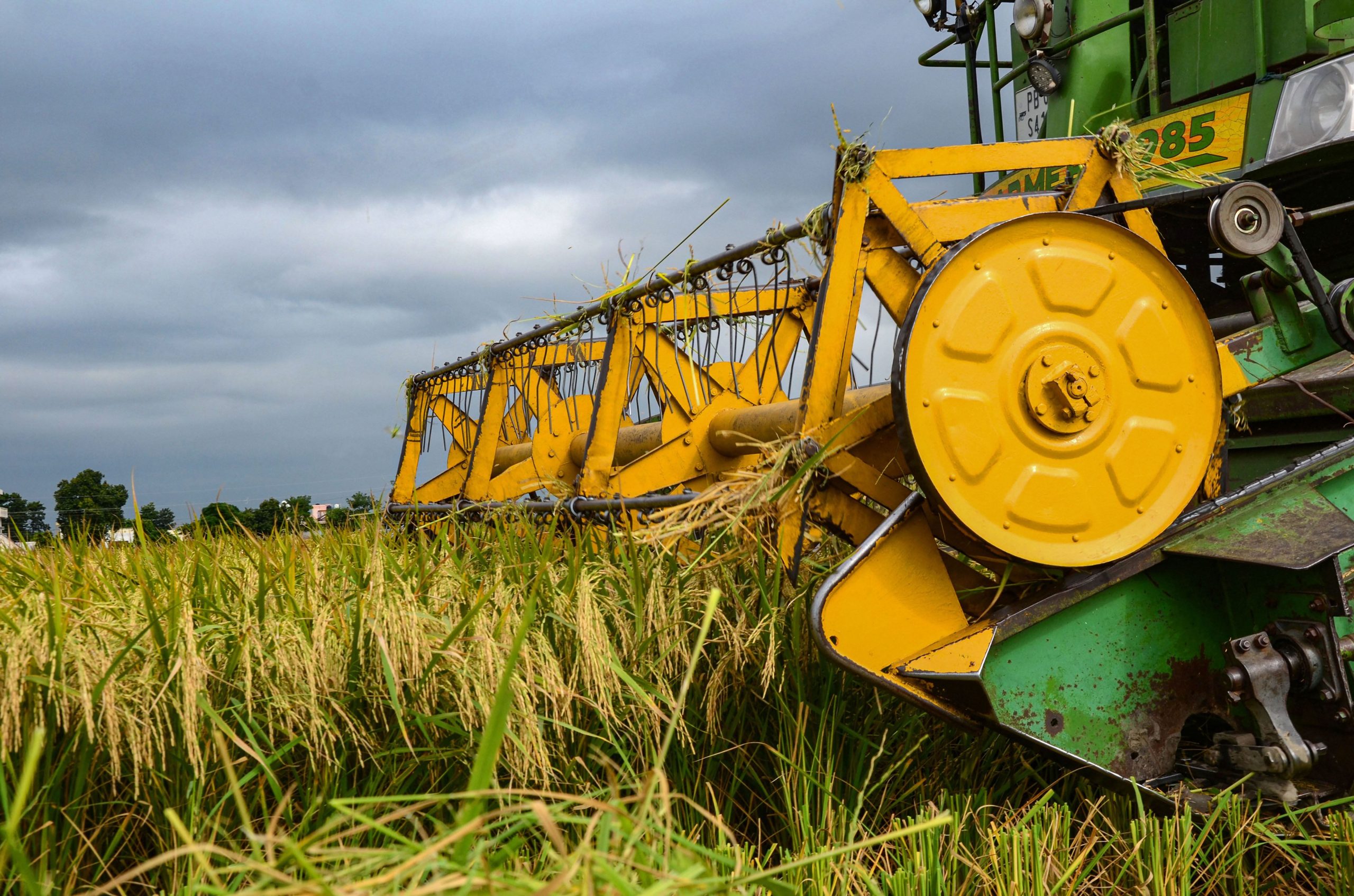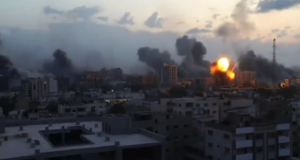Punjab is staring at the grim possibility of turning into a desert in next 25 years as it continues to rely on underground aquifers for agricultural purposes. The alarming prediction has been made by a committee formed by the Punjab Vidhan Sabha or the Punjab Legislative Assembly, to study water table depletion in the “land of five rivers.” Another study conducted by the Central Ground Water Board (CGWB) officials nearly two decades ago had warned that Punjab’s aquifers could be depleted by 2025.
The rate of water extraction in Punjab is 1.66 times against the rate of replenishment, with groundwater extraction being more than 100% in 109 blocks out of the total 138, reports The Indian Express.
Daintree, world’s oldest tropical rainforest, returned to Aboriginal owners
Two blocks fall under ‘dark/critical’ zone (groundwater extraction is 90 to 100 per cent), while five are under semi-critical (groundwater extraction 70 to 90 per cent) zone, meaning around 80% blocks have already dried up and four per cent are are on the verge of it.
Children, younger generations may face the worst of climate disasters: Study
A rise in the ground water table over the past two decades in 22 blocks in South West Punjab and Kandi area doesn’t bode well either as the water there is either saline or brackish, leaving it unfit for irrigation and human consumption.
The availability of water at 20 to 30 meters, or more than 30 meters, in around 84% of Punjab, also means the need for tubewell or submersible pumps for extraction.
Thirty years of blah blah blah: Greta Thunberg bemoans climate inaction
Punjab’s over-reliance on its groundwater can largely be attributed to the emergence of paddy as the state’s main crop with the advent of the Green Revolution. The area under paddy cultivation increased from 2.93 lakh hectares (LH) in 1966-67 to a record 31.49 LS in 2020. A kilo of rice takes at least 4,000 liters water to grow, explaining why the water table in 73 blocks (53%) of Punjab had come under the dark/overexploited zone by 1999, as per a CGWB report.







